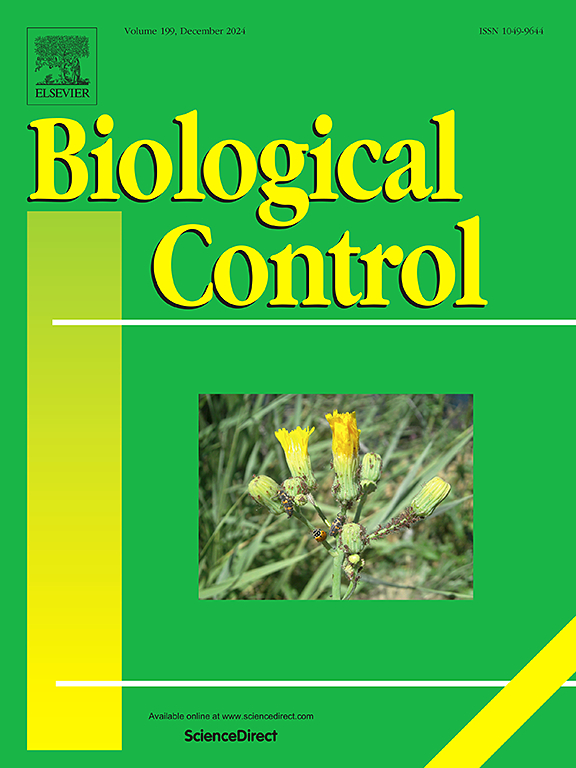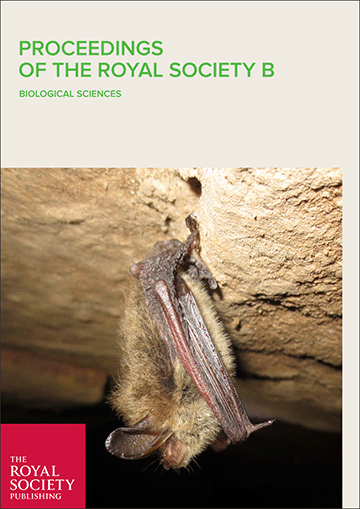Finding an equilibrium between genetic resources conservation and genetic improvement can be difficult. The problem is explored in this paper, partly through a case study of a participatory improvement programme of peach palm ( Bactris gasipaes Kunth, Palmae), implemented in the Peruvian Amazon by the World Agroforestry Centre (ICRAF) and the Peruvian National Institute for Agricultural Research and Extension (INIEA). Peach palm, which was originally domesticated by Amerindians, produces a range of useful substance and marketable products, but today the fruit and heart-of-palm are the principal products. The characteristics of the clients (subsistence smallholders and agro-industrial plantation companies) for these crops and those of the ICRAF-INIEA project are described, and the impact on genetic diversity of future management options is explored. This is followed by a wider discussion of the relationships between genetic gain and maintenance of genetic diversity for improvement, and their implications. The ICRAF-INIEA programme was designed to emphasize genetic conservation and timely germplasm delivery rather than genetic gain. The analysis presented here suggests that, with careful management, genetic diversity can be effectively conserved through 20 generations of improvement. Nevertheless,there is a fundamental conflict between genetic gain and genetic conservation. Consequently, no improvement programme can conserve all of the genetic diversity of a landrace or species and genetic resource management strategies must be developed to resolve these conflicts through explicit and informed decisions. Some such strategies, corresponding to different levels of emphasis on gain versus diversity, are presented
DOI:
https://doi.org/10.1080/14728028.2006.9752543
Altmetric score:
Dimensions Citation Count:
























